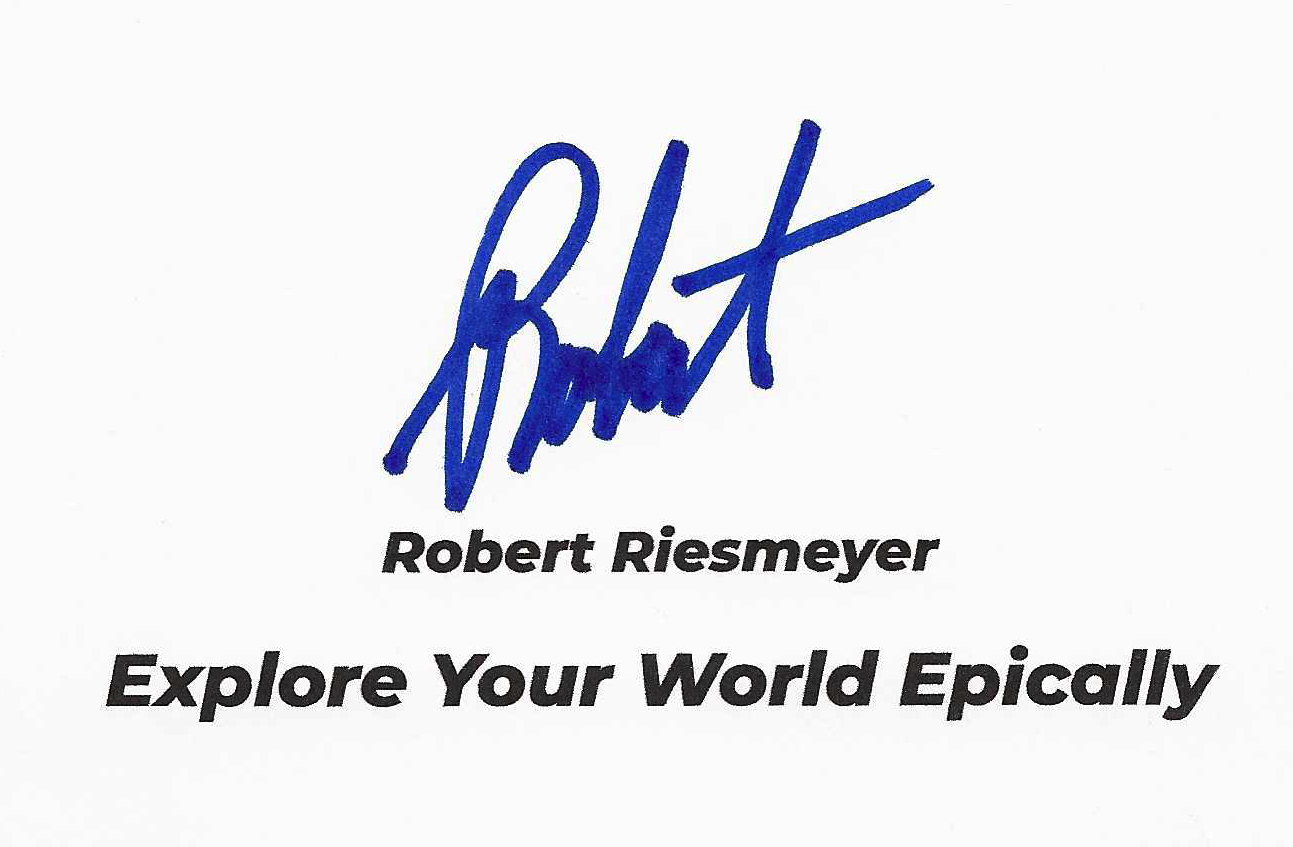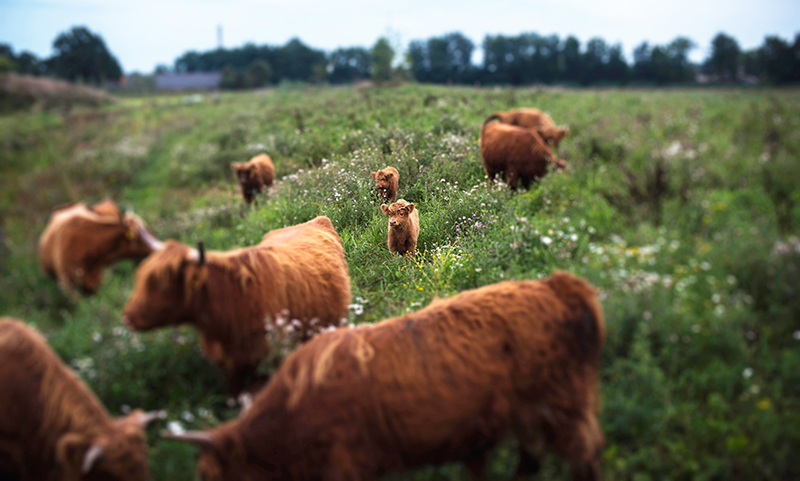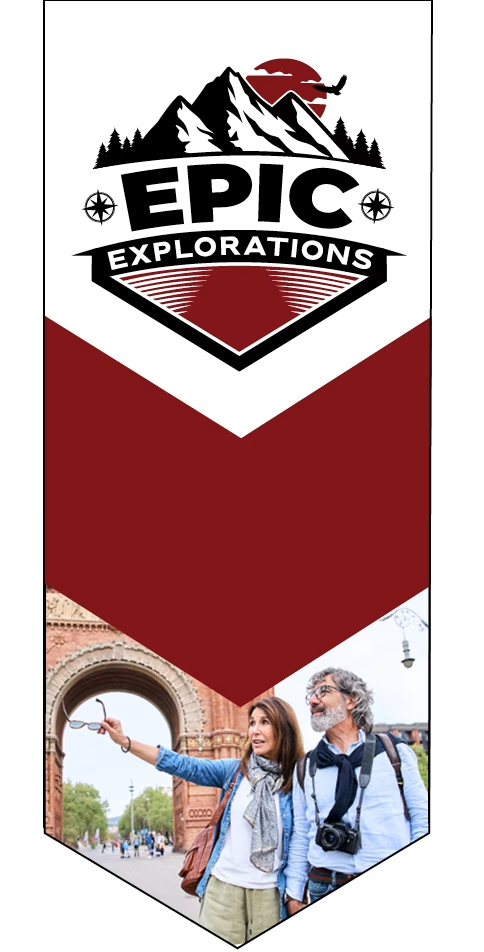The Ancient Nordic Call That Echoes Through Time
There’s a place where sound becomes more than just a vibration in the air—it becomes an experience, a force of nature. In the remote landscapes of Sweden, an ancient practice still lingers, carried on the wind like a forgotten whisper of the past. Kulning, a traditional Swedish herding call, is more than just a method of communication—it’s a hauntingly beautiful art form that reaches across time, connecting the modern world with the echoes of history.
Imagine standing in a misty Nordic valley, the sun dipping low, casting a golden glow over the landscape. Then, suddenly, a voice—pure, piercing, and ethereal—slices through the stillness, reaching out over miles of wilderness. It’s not just a sound; it’s a beckoning, a call that carries a forgotten language of shepherds, livestock, and survival.
This isn’t just music. It’s a story, sung into the air, carrying the weight of centuries.
What Is Kulning?
Kulning (pronounced cool-ning) is an ancient Scandinavian vocal technique that dates back to the Middle Ages—possibly even earlier. It was primarily used by women tending livestock in the vast Nordic countryside, where their voices needed to carry long distances over forests, lakes, and valleys.
But this wasn’t just about gathering cows, goats, or sheep. Kulning was a survival skill. The ability to project one’s voice across miles meant that farmers and herders could summon animals, signal other shepherds, or even warn of danger. The call’s high frequency ensured that it would cut through wind, trees, and mountainous terrain without getting lost.
And yet, despite its practical use, there’s something profoundly haunting about the sound. Kulning is not a soft lullaby; it’s raw, commanding, and otherworldly.
A Sound That Captivates the Soul
To the untrained ear, kulning may seem almost supernatural. The technique involves a head-voice register—something akin to yodeling but far more fluid and melodic. It’s a sharp, almost primal wail that seems to rise and twist through the air, pulling at the deepest parts of human emotion.
Many first-time listeners describe it as hypnotic, eerie, or even spellbinding. Some say it sounds like something out of a Viking legend, a song that could just as easily summon spirits as it could cows.
And maybe there’s some truth to that.
Kulning exists in a space where myth and reality intertwine. It was once believed that these calls could protect the herd from predators, and in a way, they did—because kulning also served as a warning. Humans weren’t the only ones who could hear it. Wolves, lynxes, and bears knew that the sound meant people were nearby, and that often kept them at bay.
From Herding to Heritage
As Scandinavian society modernized, kulning nearly faded into obscurity. The rise of industrial farming and technology made the practice less necessary, and with fewer people working in traditional herding, the art form risked becoming a relic of the past.
But something extraordinary happened.
Instead of vanishing, kulning evolved. Today, it has been embraced as an integral part of Scandinavian cultural heritage. Folk musicians, vocalists, and even experimental artists have revived the technique, infusing it into modern compositions and performances.
Some Swedish artists, like Jonna Jinton, have brought kulning into the global spotlight, mesmerizing audiences with its ghostly allure. Through social media and performances, these vocalists are ensuring that this ancient sound continues to resonate, not just across the hills of Scandinavia, but across the world.
A Connection to Nature Like No Other
Beyond its history and musical appeal, kulning is deeply tied to nature. Unlike most singing styles, which are often confined to concert halls or small rooms, kulning is designed to interact with the environment. The natural reverb of mountains, lakes, and forests enhances its effect, creating an almost mystical interplay between voice and landscape.
This is why hearing kulning in person is a far different experience than listening to a recording. In the wild, the sound seems to dance with the wind, bounce off the cliffs, and weave itself into the fabric of the land. It’s a reminder that music is not just something we create—it’s something we release into the world, to be shaped by the earth itself.
Learning the Art of Kulning
For those who want to experience kulning firsthand, Sweden offers workshops and classes that teach the basics of this unique vocal craft. Unlike classical singing, kulning requires a different approach to breath control, vocal projection, and pitch. It’s not about hitting perfect notes; it’s about unleashing the voice in its most powerful, unrestrained form.
Travelers visiting rural Sweden may also witness live kulning performances, especially during traditional festivals or cultural events. And for those who venture into the wilderness, there’s always the chance that, if you listen closely, you might hear the echoes of an old call floating through the trees—a song from another time, still alive in the air.
A Sound That Transcends Language
Kulning is more than just a method of communication. It’s a living link to a bygone era, a reminder that sound has the power to transcend language, culture, and even time itself.
In a world dominated by artificial noise—traffic, machinery, digital chatter—there’s something profoundly moving about a tradition that relies solely on the human voice, unfiltered and untamed. It’s a sound that doesn’t just travel across landscapes; it travels through history, carrying with it the stories of those who came before.
And perhaps that’s why kulning still resonates so deeply today. Because in its wild, soaring notes, we don’t just hear a call to livestock.
We hear a call to something ancient within ourselves.

A Northern Herding Call in the Forest
Robert Riesmeyer is the visionary Founder and Experience Curator of Epic Explorations, a boutique travel company dedicated to crafting extraordinary journeys worldwide. Rooted in a passion for exploration, Robert brings a unique blend of creativity and commitment to every adventure, ensuring each experience is as unforgettable as the destinations themselves.
Originally from the Midwest, Robert left behind a career in insurance to pursue his dream of sharing the world's wonders with fellow travelers. With a focus on safety and an eye for the unexpected, he curates immersive experiences that allow travelers to connect deeply with the world, fostering curiosity, connection, and unforgettable memories.
Beyond his role in travel, Robert embraces the spirit of giving through his portrayal of Santa Claus, spreading joy to families and children during the holiday season. Through this role and Epic Explorations, he supports numerous charities, including Shadow Buddies, Mother's Refuge, Moving Ahead, Opertion Breakthrough and Santa America, bringing kindness and hope to those in need.
Based in Kansas City, Robert is constantly in search of new frontiers, dreaming big, giving back, and inspiring others to explore even bigger.


